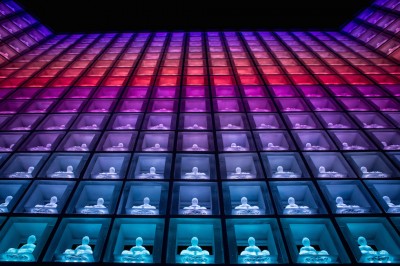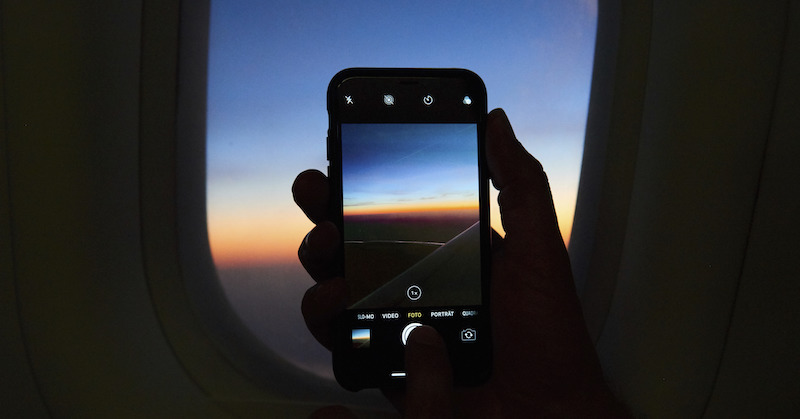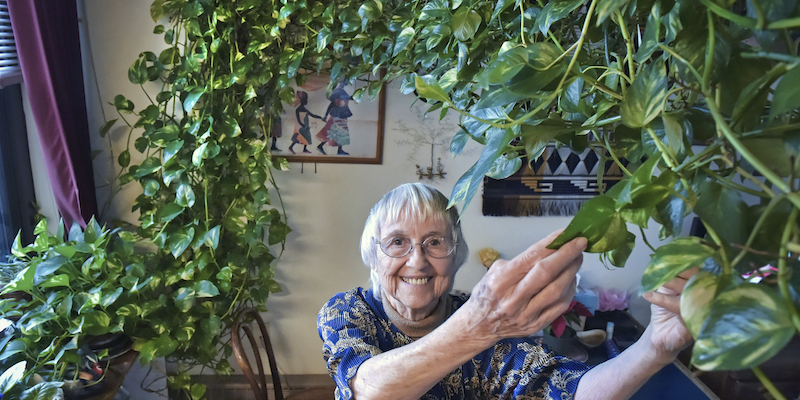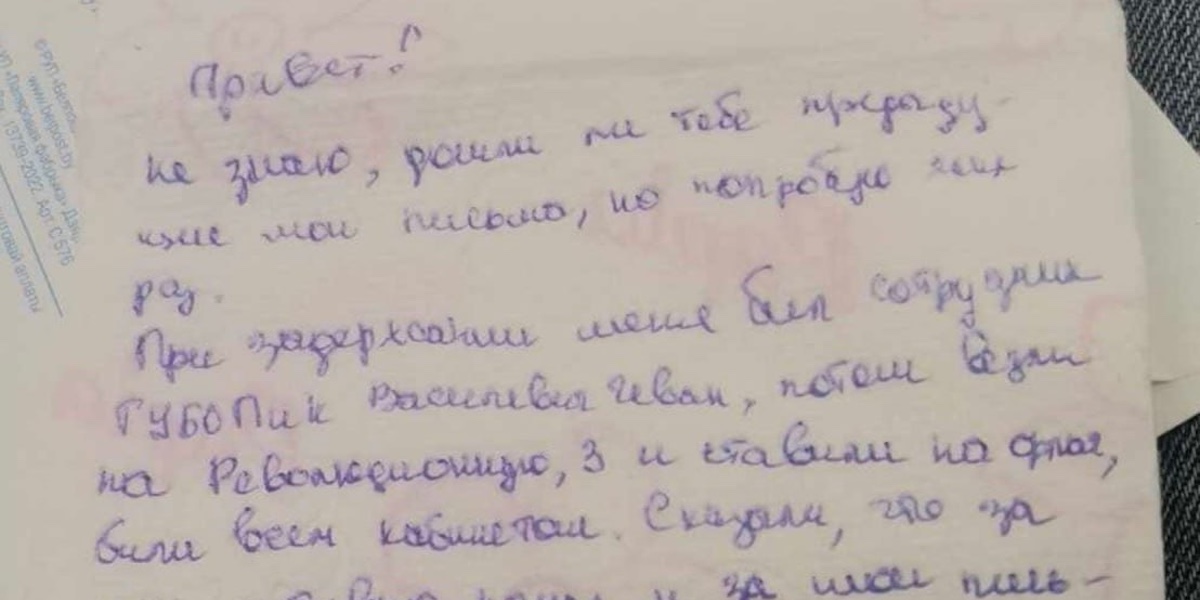Le foto del tempio buddista tecnologico
Nel mausoleo di Ruriden, a Tokyo, ci sono 2046 statue di Buddha illuminate a LED e controllate da un computer che ne modifica colore e luminosità
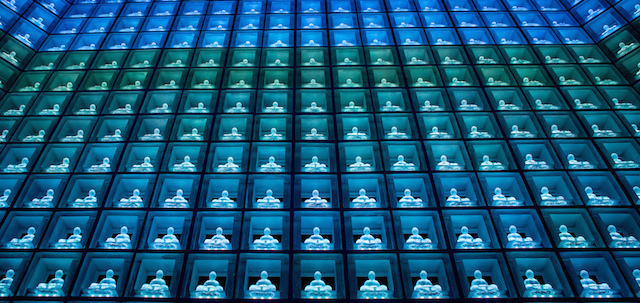
altre
foto
Il mausoleo di Ruriden a Tokyo, in Giappone, permette alle famiglie e agli amici delle persone sepolte al suo interno di rendere omaggio ai morti in modo molto scenografico e tecnologicamente avanzato rispetto alle modalità tradizionali. Il mausoleo, che fa parte del tempio buddista di Koukokuji, ospita 2046 statue di Buddha di vetro: ognuna corrisponde a un piccolo loculo che contiene le ceneri di un defunto, ed è illuminata da LED che cambiano colore su comando di un computer: sono solitamente gialle, diventano blu durante un servizio funebre, ma possono essere anche viola, rosse, bianche e altre sfumature.
Anche l’accesso al museo è molto tecnologico. I parenti entrano con una particolare smart card: quando la inseriscono all’ingresso o digitano il nome della persona morta sul computer, il sistema illumina la statua corrispondente al loculo della persona che cercano. Per il momento i loculi in uso sono 600, e altri 300 sono stati prenotati.
